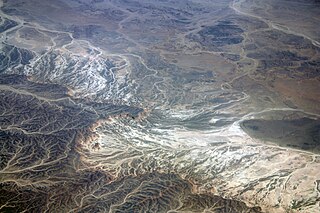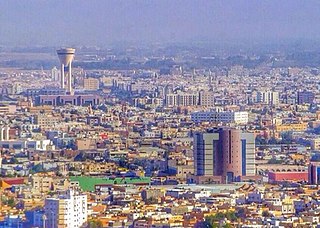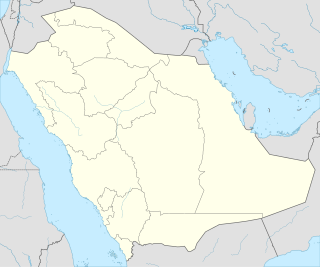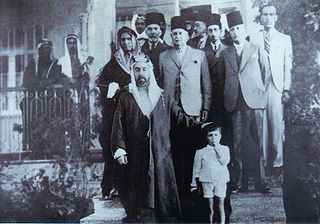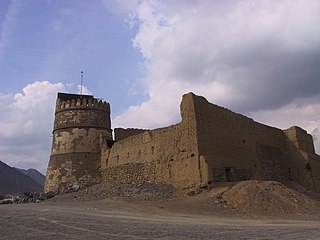Taban زاوية النيان | |
|---|---|
Village | |
| Coordinates: 32°12′N21°32′E / 32.200°N 21.533°E Coordinates: 32°12′N21°32′E / 32.200°N 21.533°E | |
| Country | |
| Region | Cyrenaica |
| District | Jabal al Akhdar |
| Time zone | UTC+2 |
Zawiat at-Taban, or Taban (Arabic : زاوية النيان); also An-Nayan or Wadi Sammalus, is a check point in the District of Jabal al Akhdar in north-eastern Libya. [1] It is located on the cross-roads between the Charruba–Mechili–Timimi desert road and the Marawa–Wadi Sammalus.
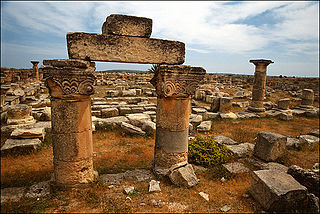
Jabal al Akhdar, also known as Jebel el-Akhdar, is one of the districts of Libya. It lies in the north east of the country. The capital is Bayda. In its territory, close to the city of Shahhat, can be found the remains of the old Greek colony of Cyrene, and the neighbouring city of Apollonia, a major port in the Mediterranean Sea in antiquity. On land, it borders Derna in east, Al Wahat in south and Marj in west.

Libya, officially the State of Libya, is a country in the Maghreb region in North Africa, bordered by the Mediterranean Sea to the north, Egypt to the east, Sudan to the southeast, Chad to the south, Niger to the southwest, Algeria to the west, and Tunisia to the northwest. The sovereign state is made of three historical regions: Tripolitania, Fezzan and Cyrenaica. With an area of almost 1.8 million square kilometres (700,000 sq mi), Libya is the fourth largest country in Africa, and is the 16th largest country in the world. Libya has the 10th-largest proven oil reserves of any country in the world. The largest city and capital, Tripoli, is located in western Libya and contains over one million of Libya's six million people. The second-largest city is Benghazi, which is located in eastern Libya.

Marawa is a town in the District of Jabal al Akhdar in north-eastern Libya, about 65 km south of Bayda. It is located on the cross-roads between the Marj-Lamluda inner road, and the Qasr Libya-Taban road.
Between February 1925 and August 1927, Wadi Sammalus was the site of several colonial battles between Italian forces and Senussi Rebels. [2]

The Senussi or Sanusi are a Muslim political-religious tariqa and clan in colonial Libya and the Sudan region founded in Mecca in 1837 by the Grand Senussi, the Algerian Muhammad ibn Ali as-Senussi. Senussi was concerned with what he saw as both the decline of Islamic thought and spirituality and the weakening of Muslim political integrity.


